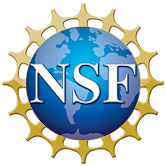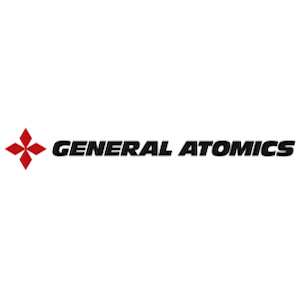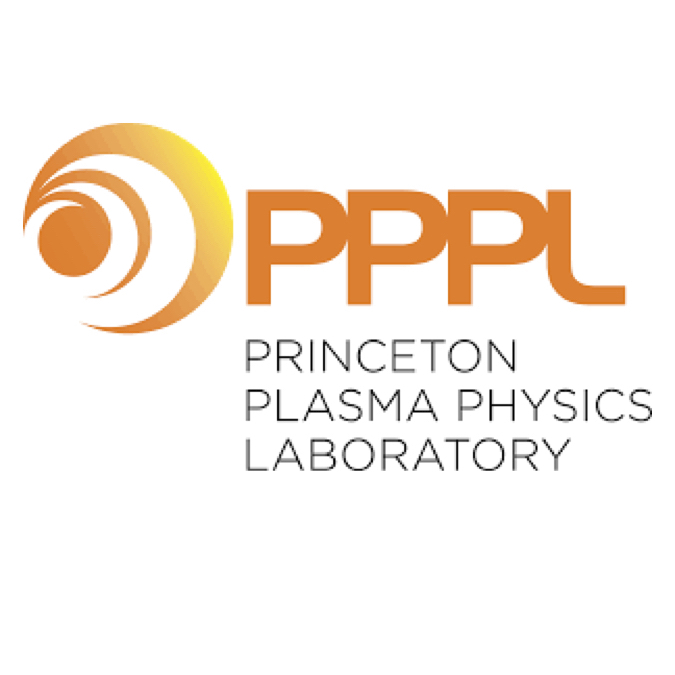Multivariable Model-based Shape Control for the National Spherical Torus Experiment (NSTX)
W. Shi, M. Alsarheed, E. Schuster, M.L. Walker, D.A. Humphreys, D.A. Gates
Symposium on Fusion Technology
Porto, Portugal, September 27-October 1, 2010
|
Abstract
|

|
Magnetic control in tokamaks refers to controlling the magnetic fields,
which maintain or change the plasma position, shape and current. This
task is performed by a set of poloidal field coils distributed around
the vessel that contains the plasma. Highly shaped plasmas are required
to operate at high plasma pressure and fusion efficiency. In addition,
the achievement of certain types of plasma shapes can reduce the
virulence of instabilities induced by the high plasma pressure. Therefore,
the plasma shape requirements in a practical, highly-efficient tokamak
are very stringent. The extreme shapes that must be achieved, intrinsic
instability in the plasma vertical position (the more shaped the plasma,
the more unstable its vertical position is), large number of control
inputs (coil voltages) and control outputs (position and shape geometrical
parameters, total plasma current), and demanding regulation requirements
make this problem very challenging. Recently, the demanding plasma shape
control requirements for ITER have motivated researchers to improve the
modeling of plasma response as well as the design of feedback controllers
(see [1] and references therein). The strong coupling between the
different geometrical parameters describing the shape of the plasma
calls for a model-based, multivariable approach to obtain improvements
in closed- loop performance. The recent implementation of the real-time
equilibrium reconstruction code rtEFIT [2] on NSTX allows plasma shaping
by controlling the magnetic flux at the plasma boundary. A non-model-based,
empirically-tuned, single-input-single-output (SISO), PID-based shape
controller that exploits this capability has been recently proposed [3].
Alternatively, we present a robust model-based multi-input-multi-output
(MIMO) controller to provide real-time shaping and position control in
the presence of disturbances and uncertainties in the plasma parameters.
The control design is based on linear plasma response models derived
from fundamental physics assumptions. The system composed of plasma,
shaping coils, and passive structure can be described using circuit
equations derived from Faraday’s Law, and radial and vertical force
balance relations for a particular plasma magnetohydrodynamic (MHD)
equilibrium. In addition, rigid radial and vertical displacement of
the equilibrium current distribution can be assumed, and a resistive
plasma circuit equation can be specified. The result is a circuit
equation describing the linearized response, around a particular plasma
equilibrium, of the conductor-plasma system to voltages applied to
active conductors [4]. Computer simulation results illustrate the
performance of the proposed robust model-based shape controller in
comparison with the present non-model-based controller.
[1] G. Ambrosino and R. Albanese, IEEE Control Systems Magazine, vol. 25, 2005, pp. 76-92.
[2] J. R. Ferron, M. L. Walker, L. L. Lao, H. E. S. John, D. A. Humphreys, and J. A. Leuer, Nuclear Fusion, vol. 38, 1998, pp. 1055-1066.
[3] D.A. Gates, et al., Nuclear Fusion, vol. 46, 2006, pp. 17-23.
[4] M. L. Walker and D. A. Humphreys, Fusion Science and Technology, vol. 50, 2006, pp. 473-489.








